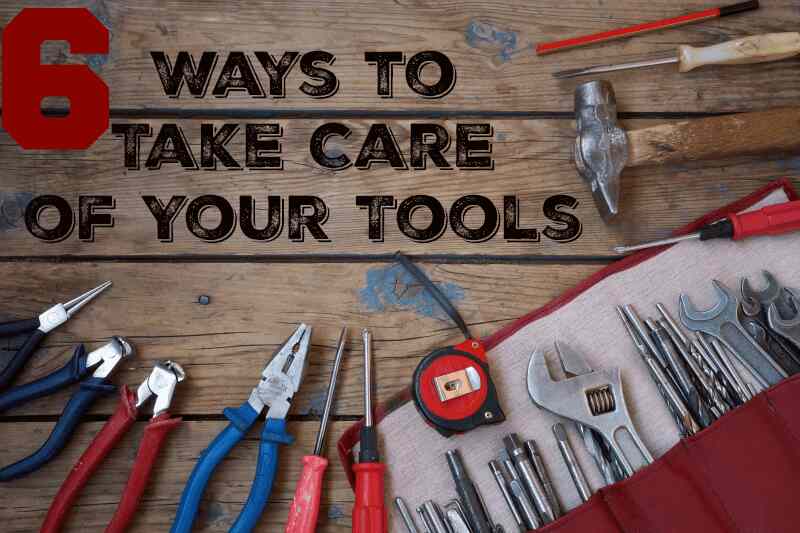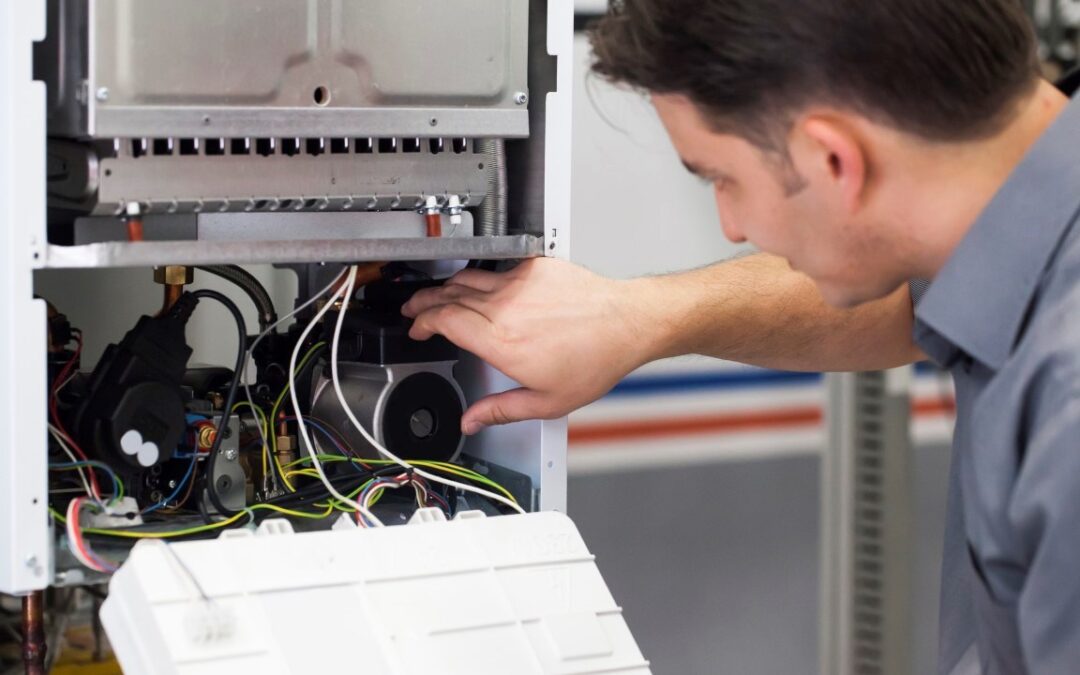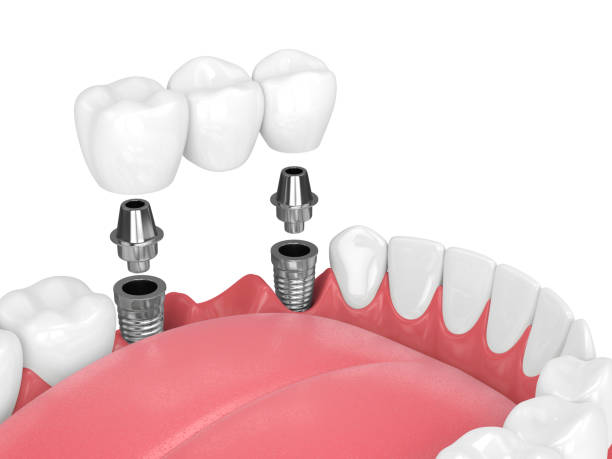Proper tool maintenance is essential for ensuring longevity, optimal performance, and workplace safety. Whether you are a DIY enthusiast or a professional in the construction industry, keeping your tools clean and rust-free can save you money and prevent unexpected breakdowns. This guide covers everything you need to know about cleaning, preventing rust, and removing corrosion from your tools – tokohasil.com.
The Importance of Tool Maintenance
Tools are an investment, and regular care extends their usability while maintaining efficiency. Dirty, corroded, or neglected tools can compromise work quality and even pose safety hazards. Implementing a consistent tool care routine helps prevent damage, reduces repair costs, and ensures smooth operation.
Cleaning Your Tools: Best Practices
Dirt, grease, and debris can accumulate on tools over time, leading to wear and tear. Cleaning tools after each use prevents buildup and preserves their condition.
Hand Tools
Wipe down after use: Use a dry or slightly damp cloth to remove dirt and dust.
Deep cleaning: For stubborn grime, use mild soap and water with a scrub brush. Dry thoroughly afterward.
Lubrication: Apply a light coat of oil to moving parts to prevent friction and wear.
Power Tools
Dust removal: Use compressed air to clear vents and crevices.
Check moving parts: Remove any lodged debris to prevent mechanical failure.
Electrical components: Wipe cords and inspect for damage to ensure safety.
Metal Tools and Blades
Use solvent cleaners: Remove grease and oil buildup with a degreaser or isopropyl alcohol.
Sharpening: Keep cutting tools sharp to maintain efficiency and precision.
Storage considerations: Keep blades dry to prevent moisture exposure.
Rust Prevention: Keeping Your Tools Corrosion-Free
Rust is one of the biggest threats to metal tools. Preventing rust formation is easier than removing it once it develops.
Proper Storage
Keep tools dry: Store tools in a moisture-free environment. Use silica gel packets or a dehumidifier in humid areas.
Toolboxes and cabinets: Opt for rust-proof tool storage solutions that provide insulation against moisture.
Hang tools when possible: Keeping tools off the ground prevents moisture absorption.
Protective Coatings
Apply oil or wax: A thin layer of machine oil or paste wax provides a protective barrier against rust.
Use rust inhibitors: Anti-rust sprays or silica-based coatings help prevent oxidation.
Bluing treatment: Some professionals opt for a chemical bluing treatment to add a corrosion-resistant layer.
Routine Maintenance
Check tools regularly: Inspect for early signs of rust and address them immediately.
Use tools frequently: Regular use prevents moisture buildup and corrosion.
Avoid prolonged exposure to water: Dry tools immediately if they get wet.
Rust Removal: Restoring Your Tools
If rust does develop, it is crucial to remove it before it spreads and damages the tool.
Mechanical Methods
Wire brush: A sturdy wire brush can scrub off light surface rust.
Sandpaper or steel wool: Use medium to fine-grit sandpaper to remove rust without damaging the tool surface.
Power tools: For extensive rust, use a grinder or rotary tool with a wire wheel attachment.
Chemical Methods
Vinegar soak: Soaking tools in white vinegar for a few hours loosens rust for easy scrubbing.
Baking soda paste: A mix of baking soda and water applied to rusted areas can help break down oxidation.
Commercial rust removers: Phosphoric acid-based removers are effective for severe corrosion.
Electrolysis Method (For Heavily Rusted Tools)
For severe rust, electrolysis is a powerful method.
1. Fill a plastic container with water and add baking soda.
2. Attach the rusted tool to the negative terminal of a battery charger.
3. Use a sacrificial piece of metal on the positive terminal.
4. Submerge both in the solution and let the process run for several hours.
This method effectively removes deep rust without damaging the tool’s integrity.
Conclusion
Regular tool care is an essential practice for homeowners, DIYers, and professionals in the construction and building industries – baut dan mur. Implementing a cleaning routine, preventing rust, and knowing how to remove corrosion can significantly extend the life of your tools. By investing time in proper maintenance, you ensure efficiency, safety, and cost savings in the long run.
With these practices in place, your tools will remain reliable, durable, and ready for any task at hand. Take care of your tools, and they will take care of your work!







0 Comments